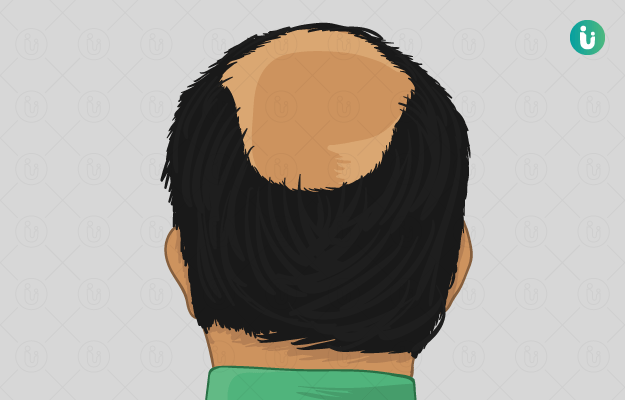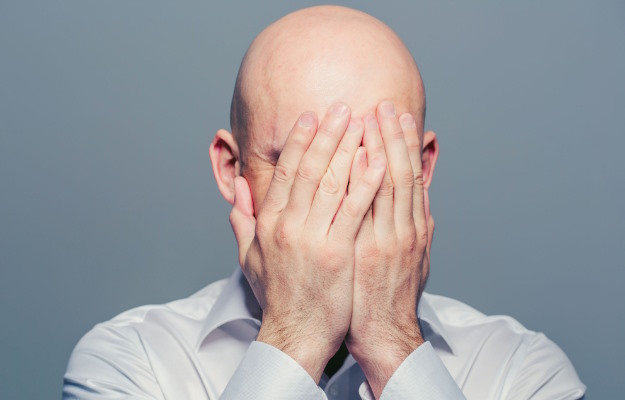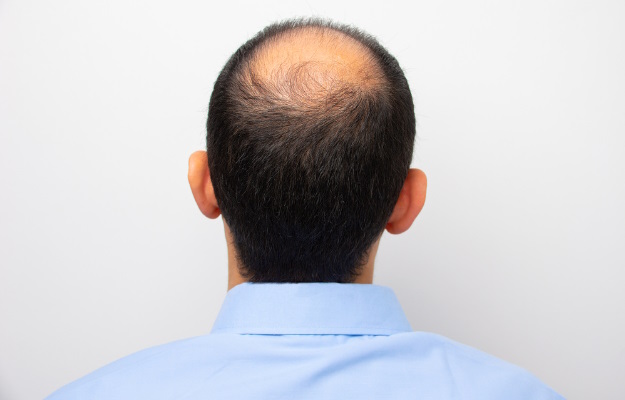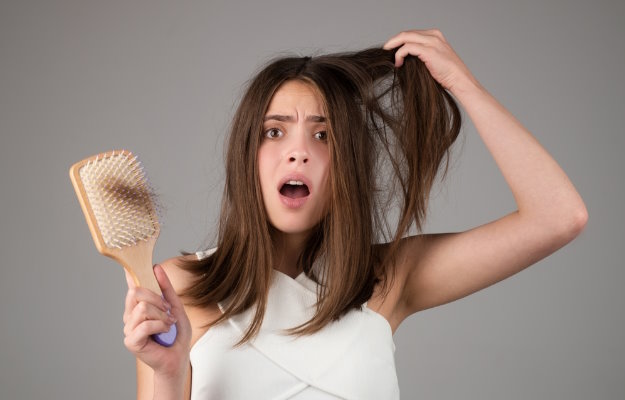What is Alopecia?
It is normal for every individual - both male and female - to experience a certain amount of hair loss every day, up to 100 strands. Some cases of hair fall are more serious. Alopecia is a condition that is marked by hair fall that is more than normal. Alopecia may be observed as:
- Alopecia areata, where the hair on the scalp falls out in patches, usually round.
- Alopecia totalis, which is complete hair loss from the scalp.
- Alopecia universalis, which is a loss of hair from all over the body.
While hair that is lost may grow back, it will have a tendency to fall again.
What are its main signs and symptoms?
Alopecia, in its different forms, shows different symptoms, such as:
- Loss of hair in round or coin-sized patches in alopecia areata. Large bunches of hair can be seen left on the pillow when you wake up. While the patches may vary in size, you may feel a loss in hair density in certain areas. Hair loss from the scalp is most common; however, alopecia may also be seen on the lashes, eyebrows or the beard. Another rare feature is hair loss from the back of the scalp.
- In alopecia totalis, people may experience a complete loss of hair on the scalp.
- Iin the case of alopecia universalis, hair loss from all over the body is seen as well.
- Sometimes alopecia can affect the nails and make them dull, brittle, rough or even split. Nail problems can sometimes be the first sign of alopecia.
What are the main causes?
Alopecia has been found to be a genetic condition and is classified as an autoimmune disease. This means that the body’s immune system begins to attack the hair. As a result, there is an extensive hair loss.
How is it diagnosed and treated?
Alopecia is usually diagnosed by a dermatologist. There are different ways in which the condition may be tested for, such as:
- Blood tests may be performed to check for the presence of other autoimmune diseases.
- Some strands may be removed and examined for the condition.
- Skin biopsies may be taken to confirm alopecia.
There is no defined cure for alopecia. Hair growth usually takes its own course, and the hair regrows eventually. Sometimes growth may occur faster. Dermatologists may suggest one of the following treatments to speed up the growth of hair:
- Corticosteroids to suppress the immune system. These may either be given as creams or lotions for application or injected into affected areas. Pills are also available but are usually avoided due to associated side effects.
- Anthralin is a medicine that targets the immune function. It is potent and is applied and left on for up to an hour before washing off.
- Minoxidil aims at the growth of hair and can be applied on the scalp, beard or brows. It is safe for males and females as well as children and can be used up to twice a day.
- Diphencyprone is a medicine, which targets bald patches. Upon application, a reaction takes place and the immune system sends white blood cells to combat it. In the process, hair follicles are kept activated, thereby preventing hair loss.

 Doctors for Alopecia
Doctors for Alopecia  OTC Medicines for Alopecia
OTC Medicines for Alopecia
 Alopecia articles
Alopecia articles







 Editorial Team
Editorial Team


 Dr. Apratim Goel
Dr. Apratim Goel












